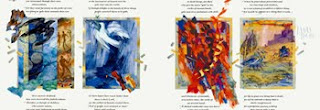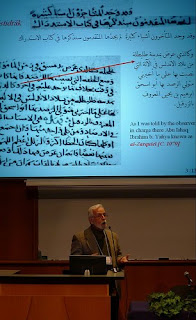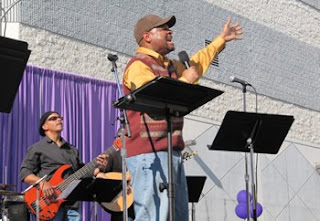 Full article here // Excerpt below
Full article here // Excerpt below
By Elizabeth Leland
A Charlotte businessman created a poster of homeless people holding up words to The Lord's Prayer, which inspired a Winston-Salem surgeon to create a similar poster with words to a Bible verse, which in turn inspired a former teacher from Thomasville to create a poster.
Sales of the three posters have brought more than $14,000 to help the homeless.
And there's no telling where Brian Hadley's idea may turn up next.
Keep reading...
__________
I like this idea on a basic level--visually reclaiming the Lord's Prayer on behalf of ALL God's people, and I particularly like the approach to embodying Matthew 25 with one of the other posters. And from where I'm sitting right now in my old bedroom in my parents' house in Charlotte, I can turn my head just over my right shoulder and see one of those Lord's Prayer posters on my wall. I like the poster, and I was glad to see the article in this morning's Charlotte Observer.
But I'm currently taking Amy Laura Hall's introductory Ethics course at Duke Divinity, and we recently discussed representation via media of other cultures and socioeconomic stations--a distressing conversation about how to deal with issues like poverty and development without objectifying or exploiting the human beings on whom such "issues" ultimately center. So I'm hyper-aware of problems of paternalism and the like right now, and I can't help but get mildly uncomfortable at a photo of a businessman in a suit holding a framed poster covered with images of unnamed "homeless people."
There's nothing inherently wrong going on here, and I applaud Mr. Hadley's attempt to bring the Lord's Prayer "home" in a real, jarring way, particularly with a philanthropic thrust. I just wanted to name a few things that might have made me like the article (and maybe the poster too) even more: names. Stories. Reactions. It is inspiring--to middle class folks like me--to hear how this idea has spread and raised money for organizations supporting the homeless. But I'm curious how "the homeless" feel about it. How do they understand the Lord's Prayer? Matthew 25? In simply putting together the image, we're given a hint of a reflection on such questions, but no real answer. I want to challenge people like me to be concerned with such answers.
-- Sarah
 Full article here // Excerpt below
Full article here // Excerpt below






